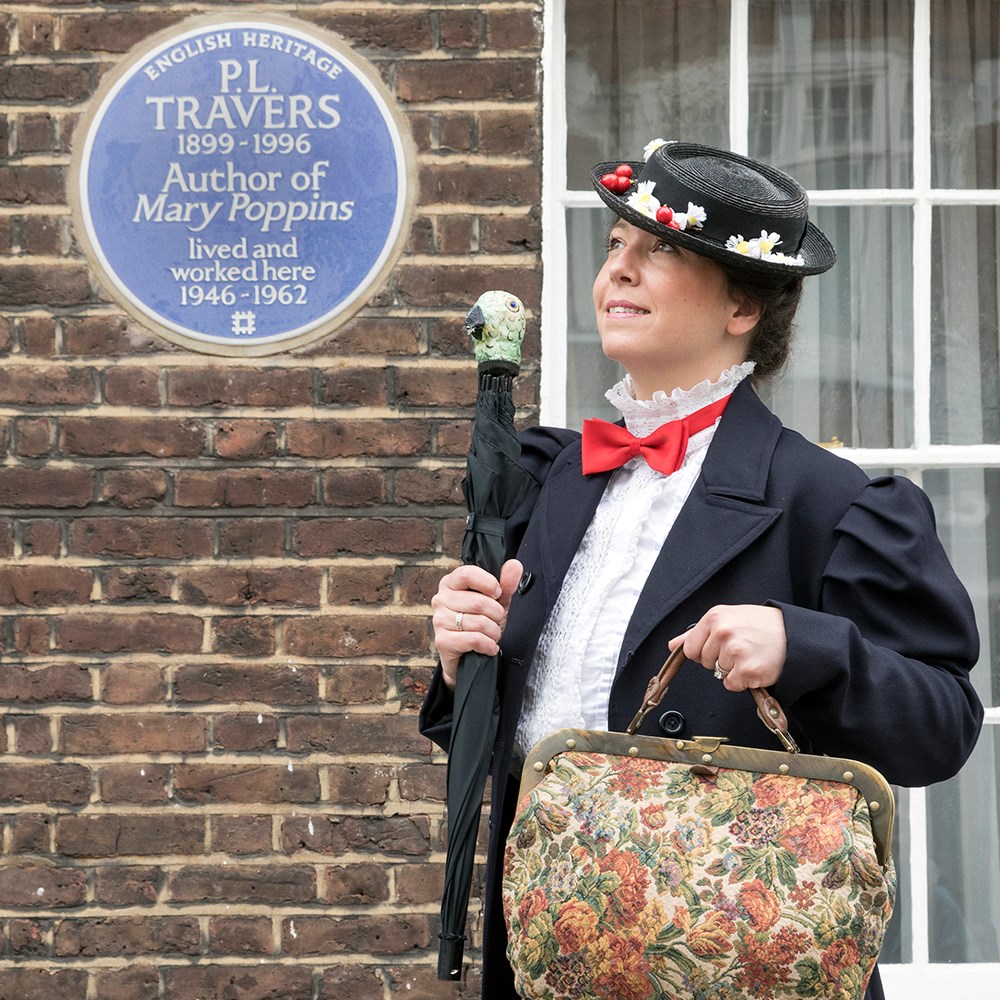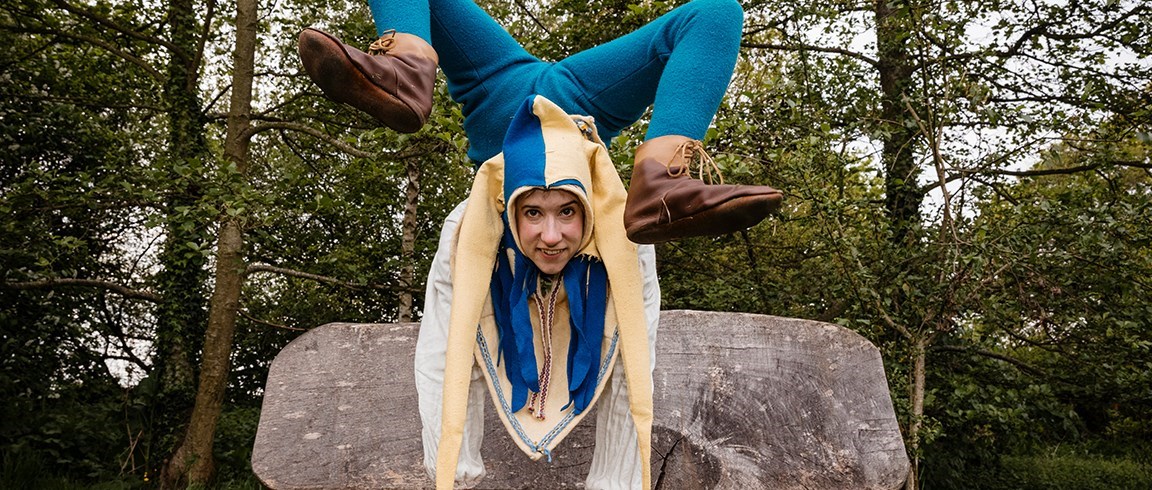19/06/2018
New gardens show Mount Grace priory through history
Celebrated gardener Chris Beardshaw lends gold medal-winning flair to Arts and Crafts design while meticulous research revives the only surviving monk's cell garden in England.
A new Arts and Crafts garden, designed by celebrated gardener Chris Beardshaw, is among the new features of the revived Mount Grace Priory, House and Gardens.
Launching today, the new garden also showcases an example of a monk's cell garden which is believed to be the only example in the country.
Chris Beardshaw, fresh from winning Gold and Best in Show at the RHS Chelsea Flower Show, found inspiration from the Arts and Crafts style established at Mount Grace by the Victorian industrialist and patron of the arts, Sir Lowthian Bell. Bell's granddaughter, the spy and traveller Gertrude Bell, also spent weekends at Mount Grace.
Chris' garden has been designed to celebrate the horticulturally diverse gardens of the late 19th century. It features an array or Iris, Peonies, ferns, Azaleas, Hostas, Primulas and rarities such as Chilean fire bush.
English Heritage Head of Gardens and Landscape John Watkins said:
'Mount Grace Priory is a very special place, appearing as a genteel English manor house from the front, you step through the house to reveal the expansive remains of the priory behind.
By restoring its gardens we hope we can offer visitors a far richer experience of the property's intriguing double life. With Chris Beardshaw's planting design we have been able to reveal the exuberance of the arts and crafts planting and create a great garden for plant enthusiasts.'
Arts and Crafts at Mount Grace Priory
Visitors will see that Chris' designs have established a horticultural link between the house and garden, using much of the existing landscape architecture at the front of the house.
The house was the home to Sir Lowthian Bell, created from the abbot's guest house of the original priory, and inside the décor reflected the industrialist's love of the Arts and Crafts movement with commissions from designers such as William Morris.
Outside, Chris has created a series of 'rooms' so that the Arts and Crafts interior spills into the garden.
Read our blog for more information about the history of Arts and Crafts gardens and how to spot them.
England's only monk's cell garden
English Heritage gardeners used monastic records and archaeology in research of the original 15th century layout. This was enjoyed by Carthusian monks who lived at the priory during the medieval period.
With monks living in individual cells, silent for all but an hour a week, their cell garden was an important part of their way of life. The planting which ranges from roses to mandrake was designed to fulfil the garden's four purposes: contemplation, medicine, utility and beauty.
Each monk would grow medicinal herbs and vegetables to supplement the food provided by lay brothers, as well as flowers, in order to create his own 'heavenly paradise'. Sitting in its historic position, alongside a previously re-created cell, the re-introduction of this special garden means Mount Grace Priory now hosts the only authentic monk's cell garden in England.
A new garden tea-room also offers visitors the chance to refuel after taking in the beauty of the new landscape.
In undertaking this extensive project, English Heritage has been supported by the Wolfson Foundation, North York Moors National Park Authority, local philanthropists and grantmaking bodies.
Mount Grace Priory is open daily until the end of October and at weekends throughout the winter. Visit our opening times page for full details.
For more from English Heritage, follow us on Facebook, Twitter and Instagram.
More recent news
-

MARY POPPINS AUTHOR P. L. TRAVERS HONOURED WITH ENGLISH HERITAGE BLUE PLAQUE
P. L. Travers (1899-1996), author of Mary Poppins, has been commemorated with an English Heritage Blue Plaque, the charity announced today (31 May) on London History Day.
-

COLETTE PLAYS THE FOOL AT PENDENNIS CASTLE
A new generation of English Heritage jesters will make their debuts this half term, including the historic organisation’s first female jester.
-

ENGLISH HERITAGE EXPERTS UNCOVER ORIGINAL COLOUR OF THE IRON BRIDGE
New research shows that the Iron Bridge was originally painted a red-brown colour, not the grey-blue colour seen today.
